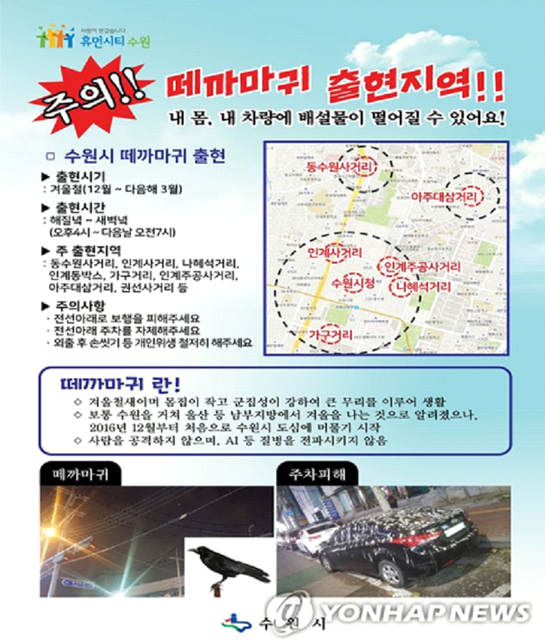However, during the past five years, dozens of infected people were within an inch of dying.
In 2016, a massive outbreak of A-(H5N6) was recorded on poultry farms in South Korea.
The authorities were forced to take radical measures by killing over30 million birds.

These actions caused a shortage of poultry meat in the country and a significant price increase.
Despite precautions, the infection continues to spread through the whole country.
Also there are parts of the city where the probability of contact with the infected birds especially high.

It’s easy to guess that the spreading of these leaflets tells about difficult epidemiological situation in the country.
The participation of military resources in infection dispersion preventing is even a greater matter of concern.
According to Yonhap News Agency the South Korean military spray chemicals for disinfect the territory until January 2018.
Territories along roads and transport hubs are the priority objectives of the Korean military.
The military involvement into outbreak control tells about real situation in the country.
Such behavior of South Korea’s officials seems to be very confusing.
Various mutations occur almost unnoticed in a human body.
Once having returned home, infected people will become virus unwilled vectors.